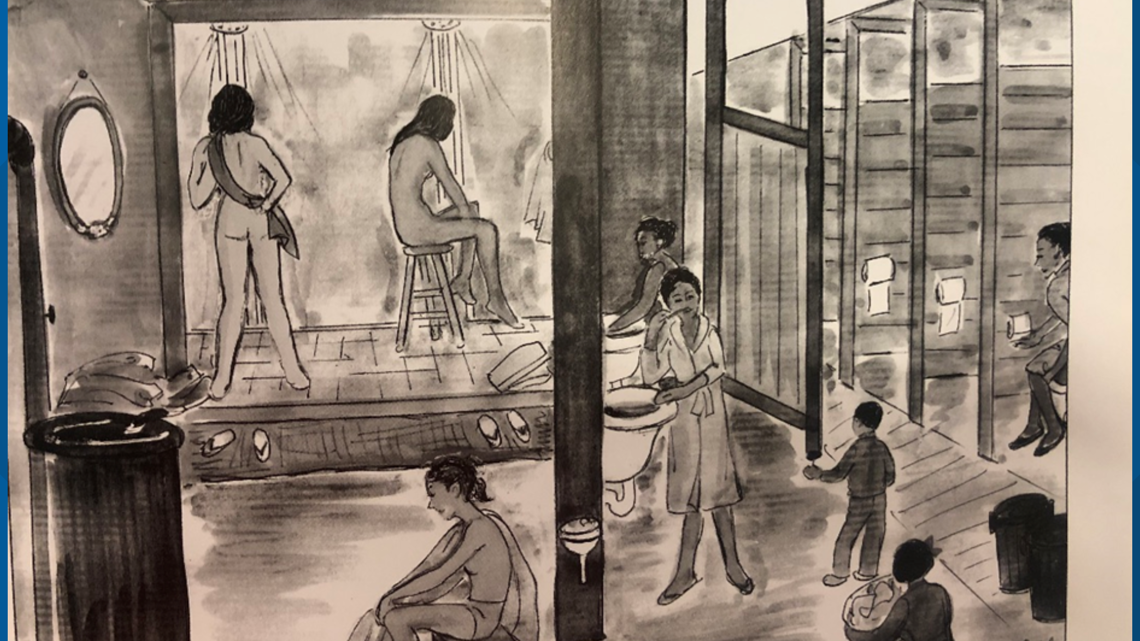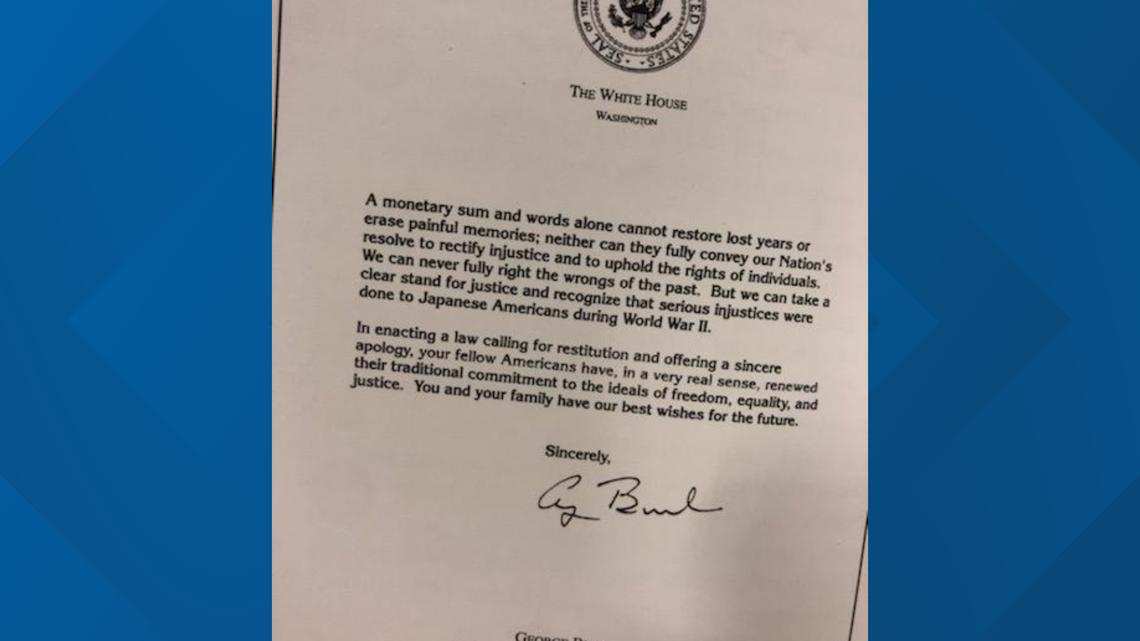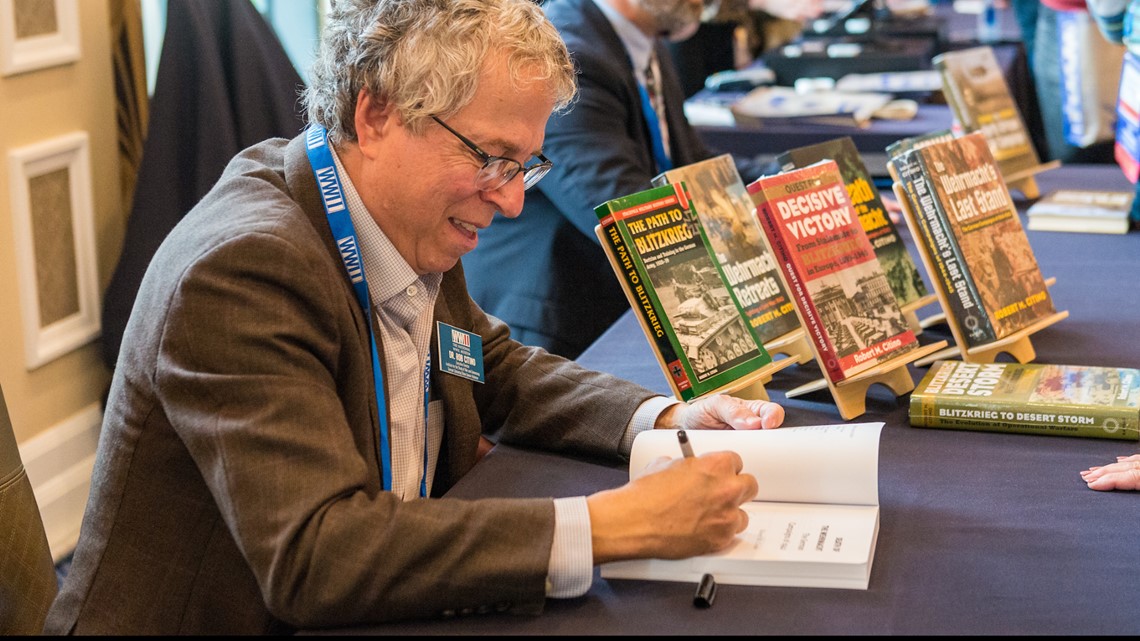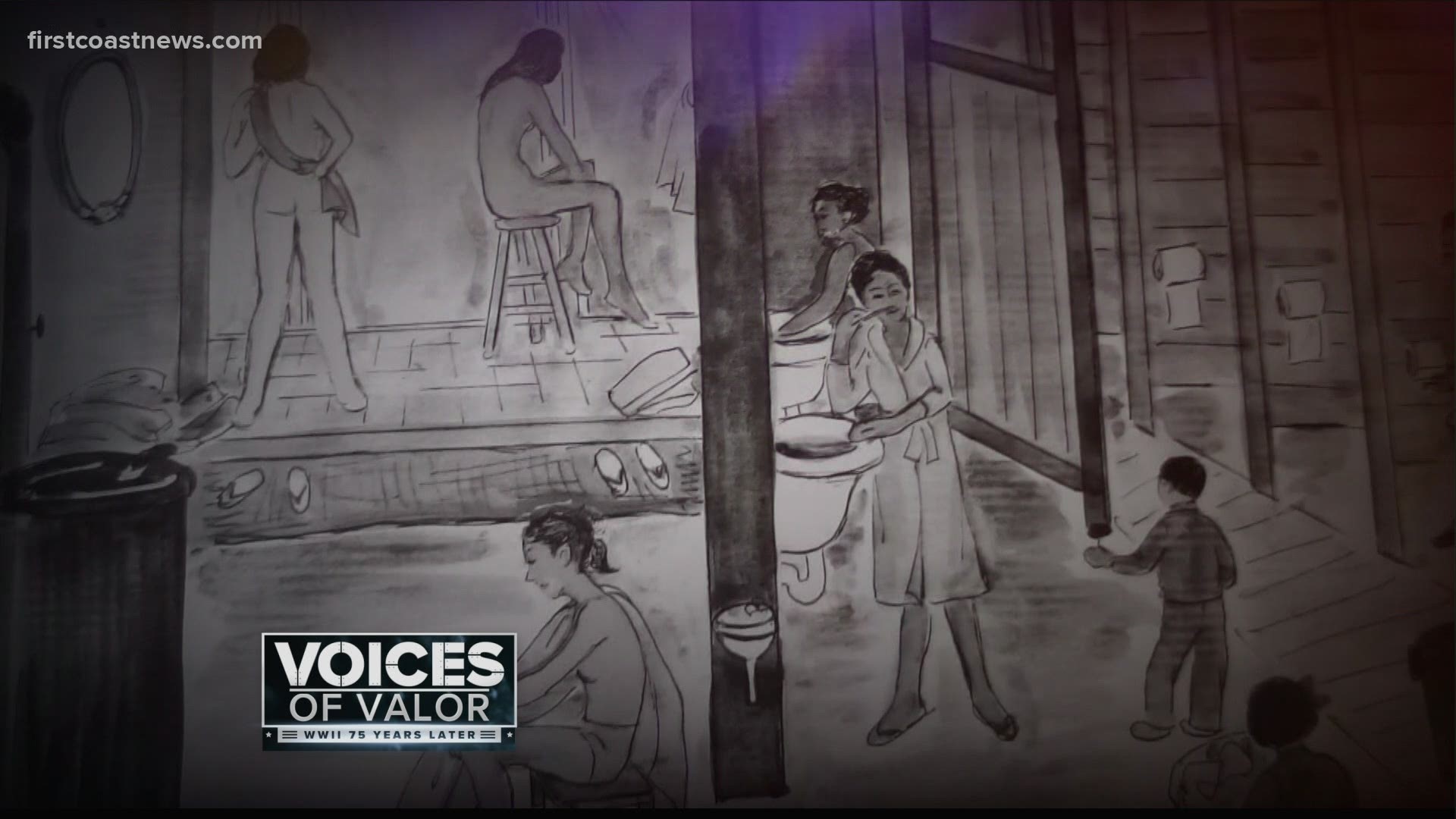JACKSONVILLE, Fla — Lorraine Hong was born in San Francisco. Her Dad went to the University of Chicago to become a chiropractor. Her parents got married in California.
Hong says her father had big dreams for her; maybe a medical professional, just like he was.
But then Japan attacked Pearl Harbor on Dec. 7, 1941.
Story continues below.


Her family was given 24 hours to pack up and get on a bus.
It didn’t matter that she was a U.S.citizen. She was of Japanese heritage.
She and 120,000 other Japanese living in the U.S. were sent to internment camps.
Hong was just 13 years old at the time.


Hong remembers seeing her dog, Rex, chase after the bus. She was allowed to bring with her only what she could carry in her arms: underwear, the necessities. No suitcases were allowed and certainly no pets.
Rex kept running after her on the bus. Hong watched him vanish out of sight.
She could hear people crying.
“Why are they doing this to us?” she remembers asking.


She spent two and a half years in the internment camps.
“They built barracks, army barracks,” she said. “Some people were put in horse stalls.” Some of the stalls were full of hay and manure, she says.
She remembers there were always guards with guns and barbed wire.
“It was a prison,” she says.
Hong has sketched out what life was like in the camp in a book she's written called, "Internment: A True Story, Memories of a Thirteen Year Old Girl 1941-1944."
Page 37 shows the total lack of privacy for the females. No shower curtains. No doors in the toilet areas. "It was the first time I saw my mother naked," Hong recalls.
Over time, the camp made some improvements in privacy, but the injustice still cuts through her.
"It's wrong," she says. She was an American citizen.


And that brings up Fred Korematsu, arrested in 1942 because he refused to carry his relocation card. His case, as NBC has reported, went all the way to the U.S. Supreme Court. Called a travesty of justice, the high court ruled the incarceration of Japanese Americans was constitutional.
However, in a dissenting opinion, for the first time ever, a justice on the U.S. Supreme Court used the word, "racial." That was more than 75 years ago.
It wasn't until 1990 that Pres. George W. Bush apologized for the United States. Hong has printed his letter in her book.


And now, in her 90s, she can read the small print without reading glasses. Reading aloud, she quotes the letter, "We can never fully right the wrongs of the past."
The U.S. government did pay reparations. Hong received $20,000. But money doesn't erase memory.


So, as an artist, Hong paints scenes from Japan and gorgeous flowers in bright and soft colors. Her acclaimed artwork has been featured in numerous art shows.
And her story isn't complete until she tells you about her brother, Laurence. Despite his family locked in an internment camp, he joined the military and fought for our country in Germany in WWII in the U.S. Army.


Historians put perspective on this type of loyalty to America. Dr. Rob Citino is the Senior Historian for The National World War II Museum in New Orleans and author of 10 scholarly books on WWII.


He says it's outstanding to think of the Japanese men "willing to go off and risk their lives for America" when their "mothers, sisters, and cousins" were still locked up in internment camps.
In fact, he points to one unit of Japanese Americans.
"The 442nd, for its size, was the most highly decorated unit in U.S. military history. Four thousand men and 21 awarded medals of honor. No other unit in WWII came close," Citino says.
To Hong's family, her brother's service shows loyalty to America ruling over bitterness.

